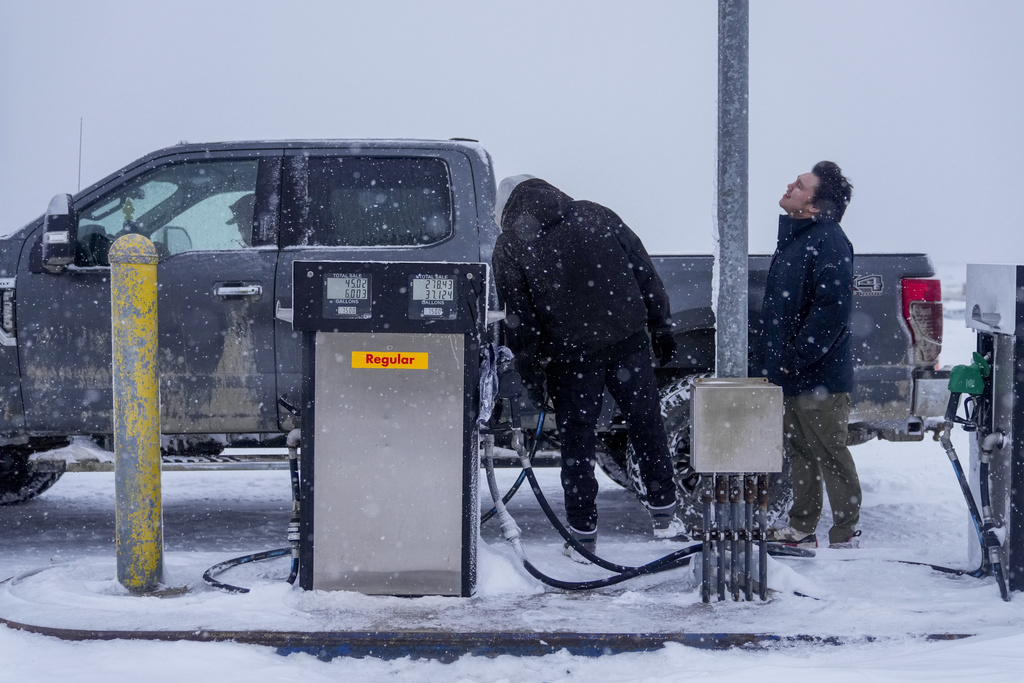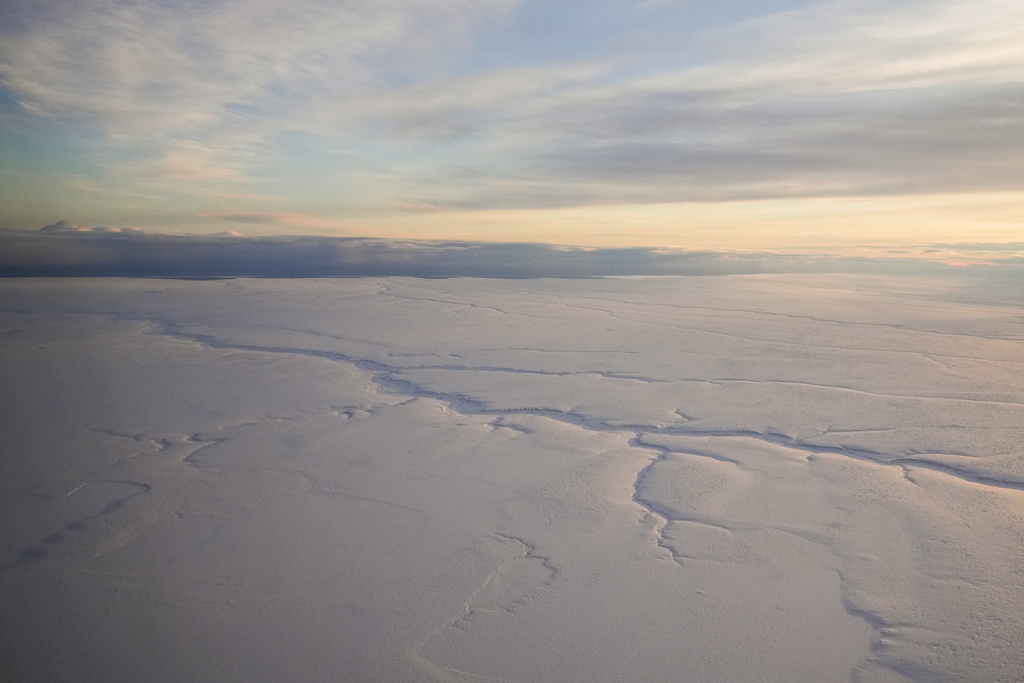Trump’s Energy Agenda Sparks Alaska Drilling Debate \ Newslooks \ Washington DC \ Mary Sidiqi \ Evening Edition \ President-elect Donald Trump has reignited the debate over drilling in Alaska’s Arctic National Wildlife Refuge (ANWR), appointing pro-fossil fuel executive Chris Wright as Energy Secretary. Trump’s policies promise to expand oil development, benefiting Alaska’s economy but dividing Native communities and environmental advocates. While some see economic opportunity, others warn of long-term harm to wildlife and sacred lands.

Trump’s Energy Policies: Quick Looks
- Expanded Drilling Promised: Trump pledges to boost U.S. oil production, raising hopes for Alaska’s economy.
- Arctic Refuge Debate: Drilling in ANWR’s coastal plain divides Native communities and environmental groups.
- Energy Secretary Appointed: Trump names Chris Wright, a staunch advocate for oil and gas development.
- Economic and Environmental Impacts: Supporters highlight jobs and revenue, while critics warn of ecological harm.
- Pipeline Revival: Trump backs long-delayed natural gas pipeline projects championed by Alaska leaders.
Deep Look
Arctic National Wildlife Refuge: A Long-Standing Battle
ANWR, the largest wildlife refuge in the U.S., spans an area in northeast Alaska roughly the size of South Carolina. Its diverse landscapes, from tundra and glaciers to boreal forests, support a range of wildlife, including polar bears, caribou, musk oxen, and migratory birds.
The debate centers on the refuge’s coastal plain, a region along the Beaufort Sea believed to hold between 4.25 billion and 11.8 billion barrels of recoverable oil. Proponents of drilling argue that development could generate billions in revenue, create thousands of jobs, and bolster U.S. energy independence. Critics counter that drilling would irreparably harm a pristine wilderness, disrupt critical wildlife habitats, and contribute to climate change.
Native Community Perspectives
Opinions among Alaska Native communities are deeply divided:
- The Iñupiat in Kaktovik: Located within the refuge, many Iñupiat leaders support drilling, emphasizing its potential economic benefits. North Slope Borough Mayor Josiah Patkotak argues that federal restrictions undermine local sovereignty, asserting that responsible development can coexist with traditional subsistence lifestyles.
- The Gwich’in People: In contrast, the Gwich’in view the coastal plain as sacred, essential for caribou calving grounds. Leaders like Galen Gilbert, first chief of the Arctic Village Council, stress the importance of preserving their way of life for future generations.
This division complicates the path forward, with each group invoking sovereignty and cultural preservation to support opposing positions.
Trump’s Energy Appointments and Policies
In a signal of his priorities, Trump has appointed Chris Wright, a fossil fuel executive and advocate for oil and gas development, as Energy Secretary. Wright’s leadership aligns with Trump’s promise to expand drilling, particularly on federal lands in Alaska.
Trump’s energy agenda is expected to include:
- Expanded Oil Leasing: Rolling back Biden-era restrictions on 13 million acres of the National Petroleum Reserve-Alaska (NPR-A).
- Pipeline Revival: Renewing focus on a natural gas pipeline project long sought by Alaska’s leaders, despite its history of delays and opposition from environmental groups.
- ANWR Development: Pushing forward with drilling in the refuge’s coastal plain, potentially overriding Biden administration lease cancellations and environmental reviews.
Environmental and Regulatory Hurdles
The Biden administration had imposed significant restrictions on oil and gas leasing in Alaska, including canceling leases in ANWR acquired during Trump’s first term. These actions are tied up in litigation, with Alaska officials and advocacy groups like Voice of the Arctic Iñupiat challenging the restrictions.
However, even under a pro-drilling administration, challenges remain:
- Litigation Risks: Oil companies face the possibility of lawsuits that could delay projects indefinitely.
- Uncertainty Over Oil Quality: Limited exploration data leaves questions about the commercial viability of ANWR’s reserves.
- Environmental Backlash: Scientists and activists argue that fossil fuel expansion conflicts with global efforts to combat climate change, pushing for alternative economic strategies for Alaska.
Economic Stakes for Alaska
Yet, critics like Earthjustice attorney Erik Grafe caution that over-reliance on oil could leave Alaska vulnerable in a transitioning energy market. “Oil is not the future,” Grafe said. “The state needs to start thinking of a Plan B, post-oil.”
Pipeline Projects and Broader Implications
Environmental groups remain staunchly opposed, citing climate concerns and the potential for irreversible environmental damage. The pipeline’s fate will likely hinge on whether Trump’s administration can overcome logistical and regulatory barriers.
A Return to Trump-Era Policies
Senator Lisa Murkowski, a Republican and occasional Trump critic, predicts a revival of policies that prioritize resource development in Alaska. “While voters might not have been head over heels for Trump,” Murkowski noted, “they appreciated that his policies benefited an economy like Alaska’s.”







